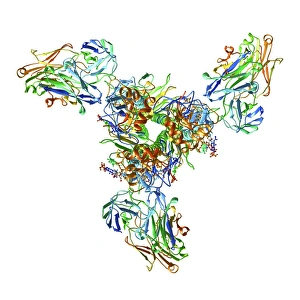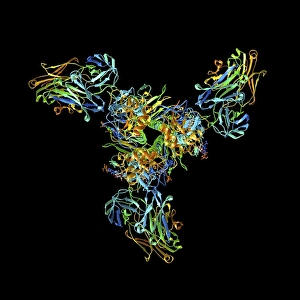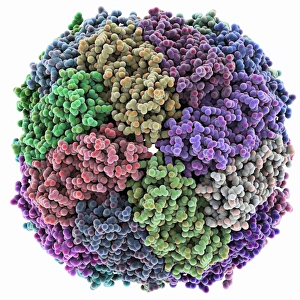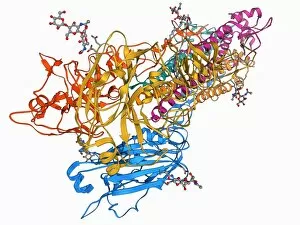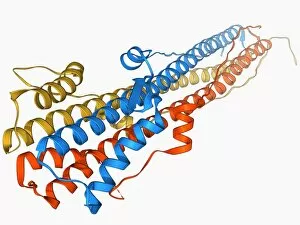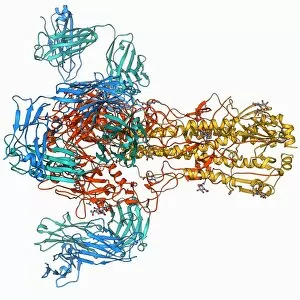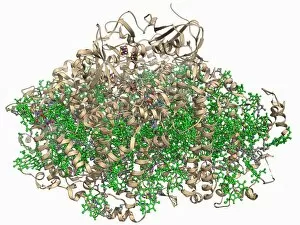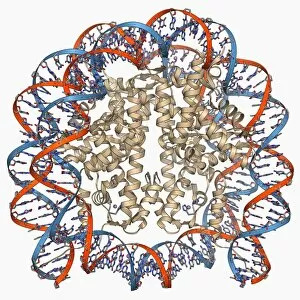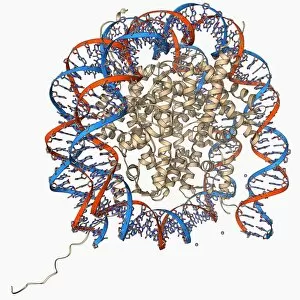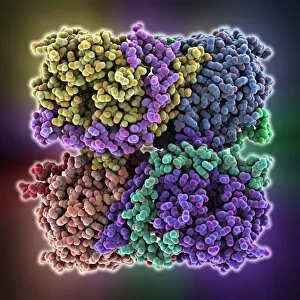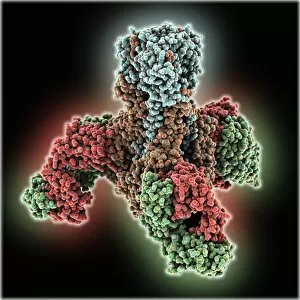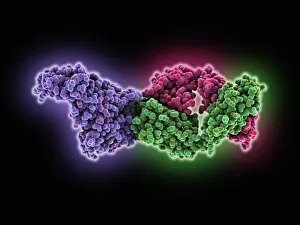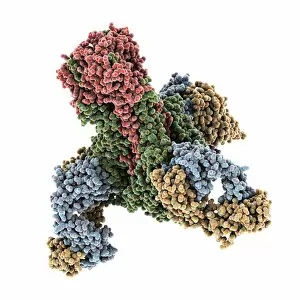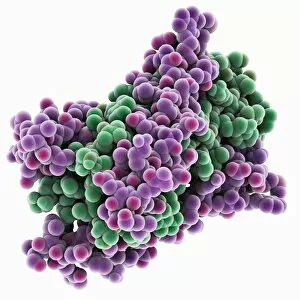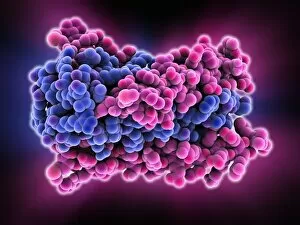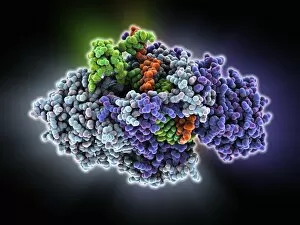Subunit Collection
"Unlocking the Secrets of Subunits: Exploring the Intricacies of Molecular Structures" Delving into the fascinating world of subunits
All Professionally Made to Order for Quick Shipping
"Unlocking the Secrets of Subunits: Exploring the Intricacies of Molecular Structures" Delving into the fascinating world of subunits, we encounter a myriad of intricate molecular structures that hold significant scientific importance. One such example is the Haemagglutinin viral surface protein F007/9932, which plays a crucial role in viral attachment and infection. Its counterpart, Haemagglutinin viral surface protein F007/9931, exhibits similar characteristics but with distinct variations. Moving beyond viruses, we come across the HIV-1 protease molecule – an essential target for antiretroviral drugs aiming to combat HIV infections. This tiny yet mighty enzyme acts as a key player in virus replication inhibition. Shifting our focus to iron-containing proteins, we encounter a captivating molecular model showcasing their complex structure. These proteins play vital roles in various biological processes by facilitating electron transfer and oxygen transportation within living organisms. Exploration continues with H5N1 Haemagglutinin protein subunit F006/9590 – another critical component found on influenza viruses' surfaces. Understanding its structure aids researchers in developing effective vaccines against this highly contagious disease. The Transducin protein beta-gamma complex F006/9514 emerges as another intriguing subunit worth examining closely. It serves as an intermediary messenger between light-sensitive cells and nerve cells within our eyes, playing a pivotal role in visual signal transduction. Further unraveling the mysteries of subunits leads us to discover Haemagglutinin protein subunit F006/9479 and its close relative Haemagglutinin viral surface protein F006/9470. Both contribute significantly to virus-host interactions and are targets for potential therapeutic interventions. Venturing deeper into cellular components, we stumble upon Photosystem I molecule F006/9380—a fundamental part of photosynthesis responsible for converting light energy into chemical energy within plants and algae.

